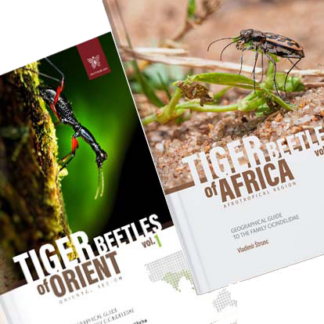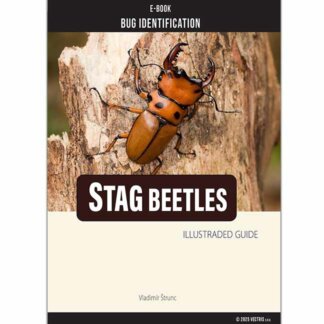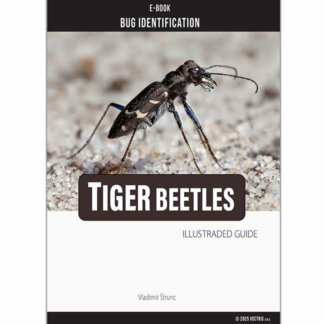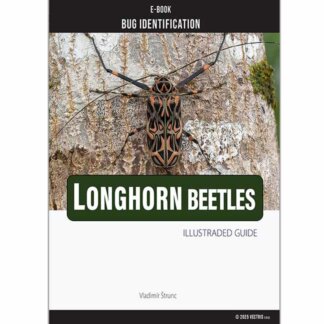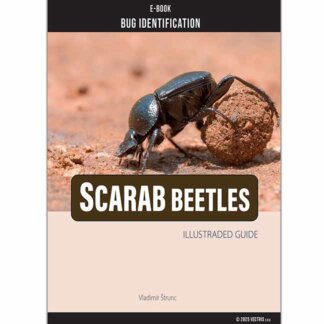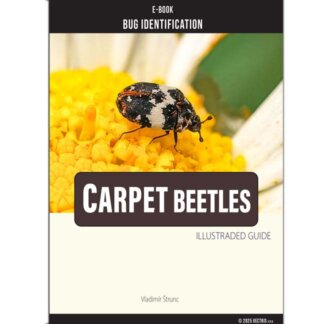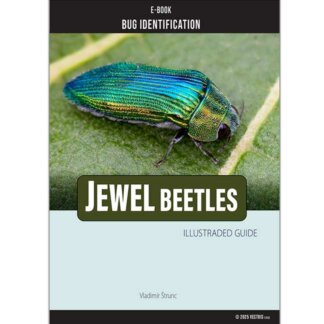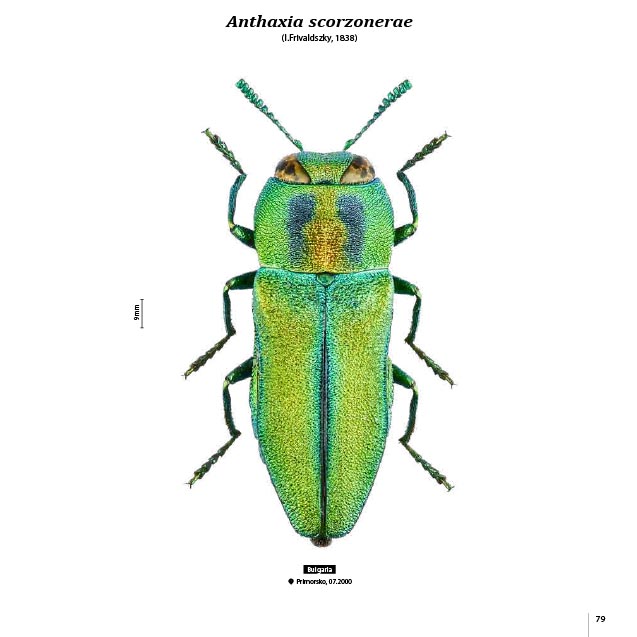Tradition: Decorated with gold and gemstones, attached to a safety pin via a chain leash. Beetle Jewelry live. Marketed as a Mayan tradition where women wore them to attract love, though this folklore is likely a modern fabrication for tourism.
Beetles
Live Insect Jewelry
Mexican maquech
We recommend:
jeweled beetles, ground beetles, longhorn beetles, goliath beetle, stag beetle, carpet beetles
Beetle species: A subspecies of the zopherus beetle, large, wingless, and docile.
Books about Beetles
Unique pictorial atlases for identifying Beetles:
(2020) Tiger Beetles of the World, Cicindelidae, Illustrated guide to the genera
(2023) Tiger Beetles of Africa, Cicindelidae, Geographical guide to the family Cicindelidae
(2024) Tiger Beetles of Orient, Cicindelidae, Geographical guide to the family Cicindelidae
(2022) Ground Beetles of Africa, Afrotropical Region
(2022) Jewel Beetles of the World, Buprestidae, Illustrated guide to the Superfamily Buprestoidea
(2008) The Prionids of the World, Prioninae, Illustrated catalogue of the Beetles
(2010) The Prionids of the Neotropical region, Prioninae, Illustrated catalogue of the Beetles
Beetle Jewelry live
Tradition: Decorated with gold and gemstones, attached to a safety pin via a chain leash. Marketed as a Mayan tradition where women wore them to attract love, though this folklore is likely a modern fabrication for tourism.
Legality: Importation to the U.S. is prohibited, but they can sell for up to $500.
Ancient Egyptian scarabs
Use: Soldiers wore scarab beetles into battle for perceived supernatural protection.
Non-Living Beetle Jewelry
Ancient Utah necklaces
Beetle species: Cotinus mutabilis (green June beetle), iridescent back legs used.
Craftsmanship: Legs were strung on yucca cordage, requiring exceptional dexterity. Dated to ~70–60 BCE.
Significance: Rarity and labor-intensive production suggest status symbols, as beetles were scarce in the region and seasonal.
Beetle Jewelry live
Global beetlewing jewelry
Materials: Iridescent beetle wings (e.g., jewel beetles) used in Asia, India, and South America.
Examples: A 19th-century dress adorned with 1,000 beetle wings; modern artisanal pieces in Thailand and India.
Modern Cultural Continuity
Descendants of Utah’s ancient makers (Hopi, Zuni) and Navajo communities continue insect jewelry traditions, though specifics on beetle use are unclear.
